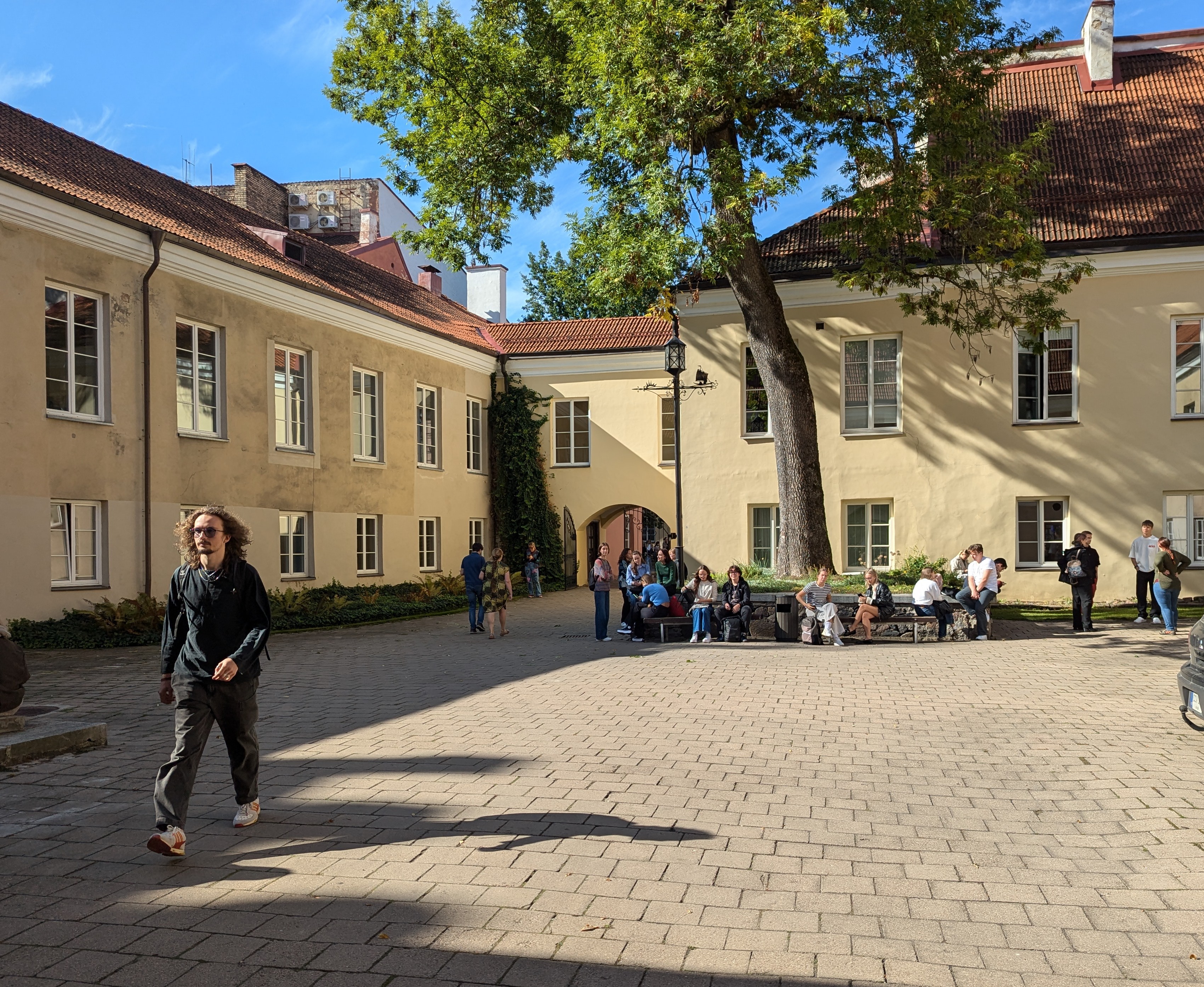
You are kindly invited to attend lectures delivered by Dr Charles Forceville, Professor of the University of Amsterdam and a well-established scholar in visual and multimodal metaphor. The lectures are scheduled for 9.00 o’clock October 21, 2024 (Monday) V. Krėvės Room and 13.00 o’clock October 22, 2024 (Tuesday) in Z. Zinkevičius Room (92).
The language of the lectures is English. Professor Forceville is coming in the framework of the Erasmus Teaching Exchange Programme.
Further you will find annotations of both lectures.
Monday 21 October 2024, 9 am
Title: Metaphors in commercials and films
Abstract: The essence of metaphor is understanding one kind of thing in terms of another kind of thing, as Lakoff and Johnson argued in Metaphors We Live By (1980). The pioneering insight of this monograph was that metaphors are primarily a matter of thinking, and only derivatively a matter of language – and indeed that metaphors play a structural role in cognition. Taking this seriously means that metaphor can also occur for instance in pictures, and in the medium of film – both in emphatically creative varieties and to structure narratives in ways whose metaphoricity is deeply entrenched and thus often hardly noticed – for instance in LIFE IS A JOURNEY. But Marshall McLuhan stated already in the 1960s that “the medium is the message”: information changes when it is presented in another medium. This, then, also holds for metaphorical information. The medium film, for instance, not only conveys metaphorical meaning via visuals, but also via spoken and written language, music, and sound – and often does so by combining these modes. In this talk, examples of both creative and deeply entrenched metaphors in the genres of commercials and films will be shown and discussed.
Tuesday 22 October, 1 pm
Title: Visual and multimodal metaphors as instruments to persuade
Abstract: Aristotle already pointed out that metaphors are powerful tools in persuasive discourse. This insight is still pertinent. The interpretation of metaphors – irrespective of medium, mode, or genre – boils down to finding one or more features and/or emotions in the source domain that are “mapped onto” the target domain. The mappable features of the source domain are always a selection of features in that domain. For instance, in Pat Benatar’s “love is a battlefield” the source domain features “involving ruthlessness and cruelty,” “winning versus losing” and the emotions these characteristics evoke qualify for mapping onto the “love” domain, while “leading to death and physical injury” are presumably not pertinent.
Nowadays, metaphors in persuasive discourse often assume visual or multimodal forms, for instance in advertising and political cartoons. In this paper, metaphors in both genres will be analysed. The focus will be on the question what role the visuals play in triggering the mappings in (1) appealing to pathos (usually: positive emotions for an advertised product and negative emotions for the depiction of a politician or a political state of affairs in political cartoons); and (2) function argumentatively by providing proofs, or appearing to provide proofs (logos) for the central claim the discourse (advertisement or political cartoon) makes.
We hope to see you at the lectures!
